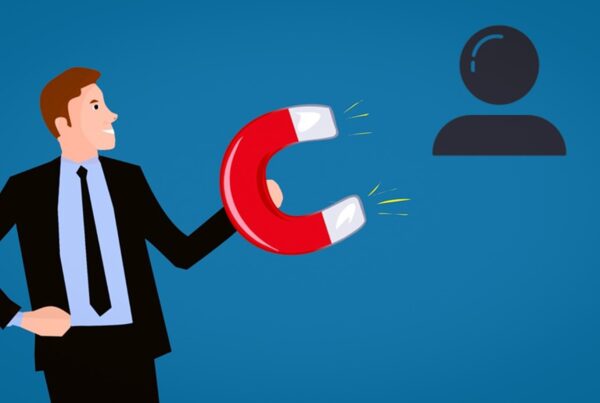
The shift to millions of people working from home in 2020 was quite swift, and while some people enjoy being locked in their homes every day, many others do not. Now that offices are opening up in many areas, millions of people are eager to change out of their sweatpants and get back into the office for the simple fact that working from home just doesn’t work. Of course, many employees may want sort of a hybrid model to provide some schedule flexibility, but ultimately, they want to get back to a sense of in-office normality and productivity. Let’s take a look at some reasons why working from home is ineffective.
Team Disruption
For many (or most) jobs, collaboration with teams is vital for success. Remote work creates difficulty regarding the ability to work together and come up with creative solutions. Companies have all transitioned to using Zoom, WebEx, or something similar, and – let’s be honest – zoning out while listening to them and having outside distractions at a home office is extremely easy and common.
At the beginning of the work-from-home shift, many companies tried to be optimistic about being able to continue successful collaborations through remote means, but it just hasn’t worked out. Virtual calls do not provide the same level of engagement and camaraderie as in-person meetings and they hinder teams from creating the most innovative ideas or solutions possible.
The same goes for training. Employees are less likely to pay attention and be engaged in training when they are using some form of virtual communication. Many turn their cameras off and do other things, and everyone is on mute so they may have conversations with other people who are home or take a phone call in the middle of a training. Missed training can lead to serious disruptions and miscommunications in the future.
Personal Productivity
One word alone can be a reason why working from home doesn’t work: distractions. Until most people were forced to make their home their office, they did not realize just how hard it is to get work things done with all of the other distractions in the home environment. The most obvious distractions would be children and partners or spouses, but subtle things like the tendency to turn on the television can hinder productivity greatly.
Other people tend to take longer lunches – especially those who cook during lunchtime instead of the night before – and many employees have reported taking a nap (or two) during the day. Many remote employees have stated they have found a new hobby during the pandemic and spend part of their day engaging in whatever that is. Some have even gotten a pet, which can take up a lot of time especially if it’s a dog that needs to be potty trained or walked several times a day.
Overall, many employees in the work-from-home environment are unable to rid themselves of these distractions and therefore productivity and availability are heavily decreased.
Trust and Control Issues
Let’s be real – even if a manager or boss is “great,” he or she may not trust his or her team. Prior to the pandemic, management often viewed working from home as a privilege or special right for high performers, and they had time to do a “trial run” to have the employees prove to them that they could work from home and still be productive. Suddenly losing the ability to “supervise” some or all employees has been hard on managers and bosses who have trouble trusting their team members, especially recently hired ones.
While “control” seems like a negative word, management likes to have some control over making sure teams are actually doing work and not doing things like playing games on their phones, browsing the web, and shopping online throughout the day. While most employees report they prefer a more “hands-off” manager or boss, they can still be partially monitored while in the office.
Burnout
Employees who are given more flexibility to work when they want may have a higher tendency to get burned out. While distractions during the day take them away from work, employees working from home tend to work later into the night and end up being rushed to meet deadlines. They also have no ability to disconnect, and their work is always with them. Emails are checked immediately when employees wake up, and many workers also check their emails right before going to bed. The failure to disconnect is a real problem for many.
Burnout, of course, can lead to a host of health issues like depression, high blood pressure due to added stress, obesity, heart issues, and many others. Employees who get burned out from working at home are prone to develop more health issues, meaning they may need to miss work and take more sick days, therefore lessening productivity even further.
Technology and Other Costs
In many cases, shifting everyone to a home office can be extremely pricey for a firm, and costs can end up being significantly higher than the cost of office rent and maintaining an office setting. While some companies have reported that the transition to working from home has not hindered their bank accounts too much, others have been impacted dramatically, especially small companies. Many companies have had to send their employees laptops since they could not work on their desktops in the office, implement a virtual private network (VPN) for access to confidential work, implement more expensive communication methods like purchasing Zoom Pro licenses, and pay for their employees to make a “comfortable” work-from-home space for themselves. At the end of the day, working from an office setting can save a company a lot of money.
Conclusion
Of course, many employees will say that working from home has given them a larger sense of work-life balance, but that doesn’t mean they aren’t excited to move back into the office. Despite early optimism that companies could remain profitable working remotely, we have seen that it just cannot compare to being in an office for many reasons, and companies should definitely start to consider returning to the office setting.




